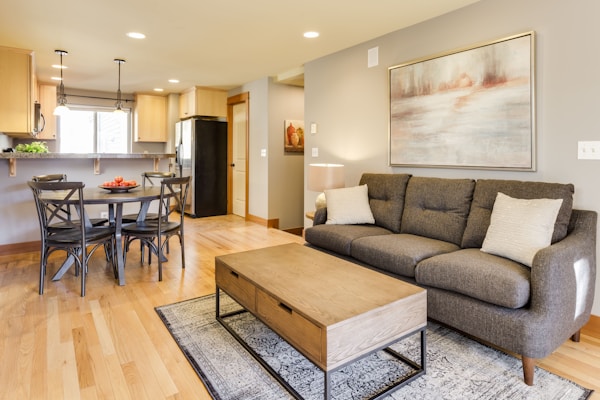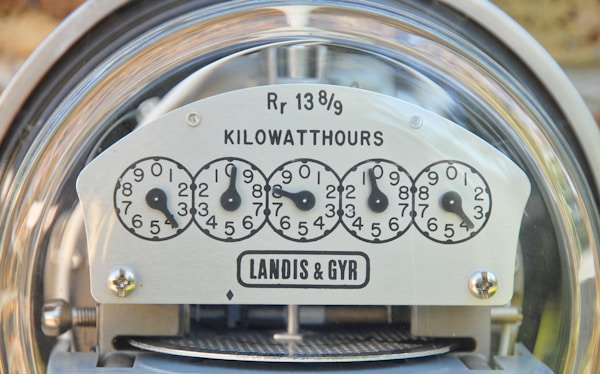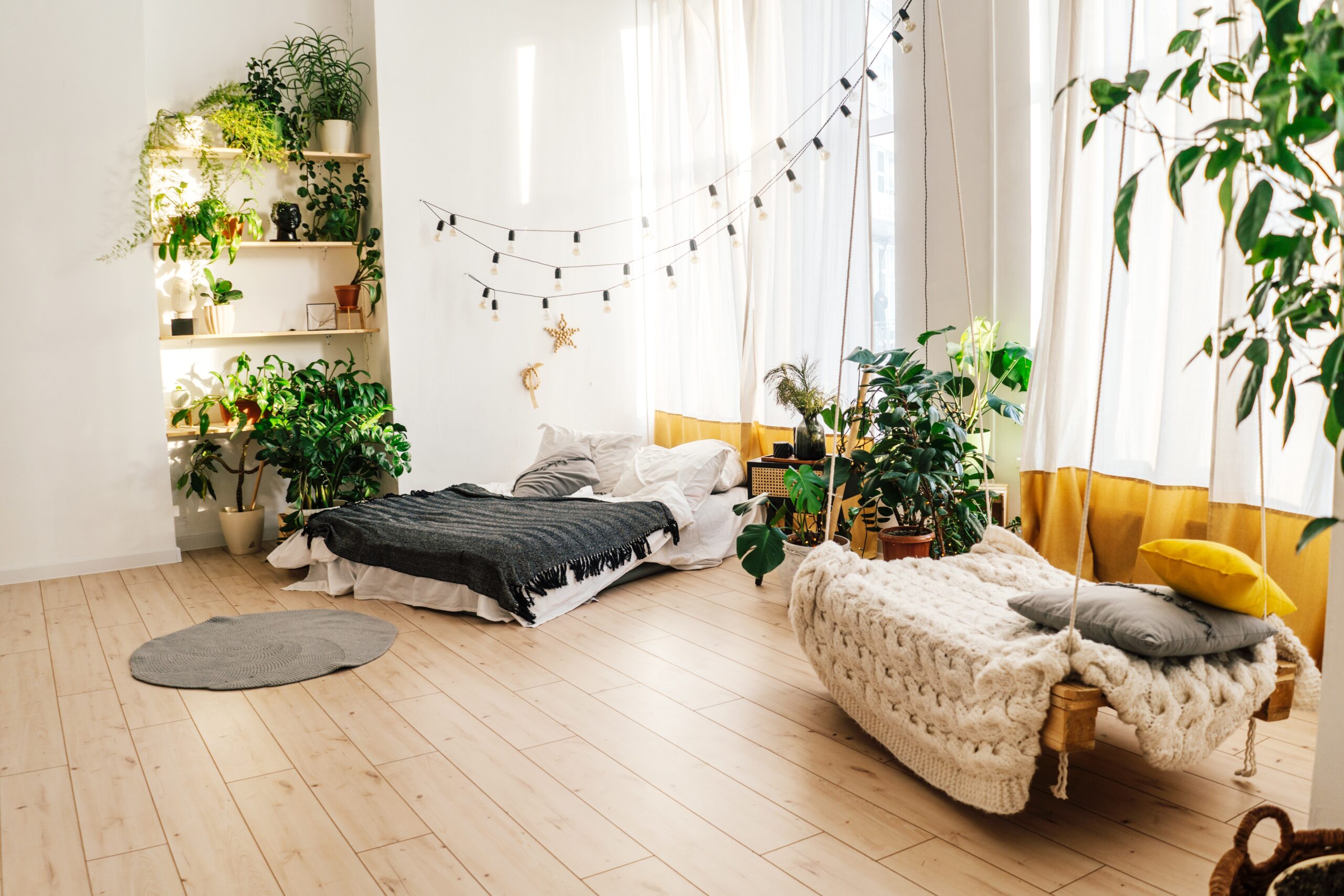Environmentally conscious living has become an essential aspect of the modern world, and it extends to the places we call home. Designing and building an affordable and sustainable home is no longer seen as a luxury but a necessity to reduce the impact we have on the environment.
Before you begin any work on creating a more sustainable home, however, it’s important to select the right contractor. A quality professional can help you with everything from re-designing your space to selecting the best materials for your project. When you work with a group like Alpha Living, you’ll be connected with local professionals in your area. These contractors will have been vetted, so you can rest assured that your chosen professional will be reliable and provide a quality finished product.
Aside from your contractor, there are a few other things to consider when designing an affordable and sustainable home. In this article, we’ll explore some additional crucial tips for creating an eco-friendly living space while keeping costs low.
Materials with a Low Environmental Impact

Choosing materials that have a low environmental impact often means opting for low-impact production methods and renewable resources. Materials such as straw bale, reclaimed wood, and recycled metal are excellent options, significantly reducing the carbon footprint of your home construction process. In addition, these materials are frequently less costly than their traditionally produced counterparts.
One innovative alternative to consider is hempcrete, a sustainable and affordable building material made from the inner woody core of hemp plants combined with a lime-based binder. Hempcrete is insulated, fire-resistant, and has excellent acoustic performance, making it an ideal choice for walls, floors, and roofs. As it is a renewable resource and requires minimal energy to manufacture, it is a sustainable choice for eco-friendly households.
Another popular green building material is bamboo, a rapidly renewable resource that can be harvested every few years without damaging the plant or the surrounding environment. Bamboo is strong, lightweight, and versatile, making it suitable for various construction projects such as flooring, framing, and exterior paneling. Using such materials not only reduces your ecological footprint but can also save you money in the long run. You can work with your contractor to select the best materials for your project and budget.
Energy Efficiency and Conservation

Designing an energy-efficient home begins with considering solar orientation, strategic window placement, and natural lighting. By taking advantage of passive solar design, you can reduce your reliance on artificial heating and cooling systems, significantly lowering energy consumption and utility bills. Implementing energy-efficient windows, proper insulation, and building techniques, such as double-wall construction, also play a crucial role in energy conservation.
Integrating energy-efficient appliances, such as ENERGY STAR-certified products, can significantly decrease your home’s overall energy consumption. Additionally, incorporating renewable energy sources like solar panels or wind turbines is an increasingly affordable option for sustainable living and potentially results in notable long-term savings.
Incorporating Water-Saving Features

Water conservation is a key aspect of sustainable living, and there are numerous ways to enhance the water efficiency of your home. Installing low-flow fixtures, such as faucets and showerheads, can substantially decrease water usage without compromising functionality. Additionally, selecting a dual-flush or low-flow toilet can save thousands of gallons of water each year.
Rainwater harvesting systems, like rain barrels or cisterns, offer an effective way of capturing rain, allowing you to repurpose it for watering your garden or plants. This feature not only conserves water but also saves money on utility costs. Creating a water-wise garden or incorporating native plants can further cut down on your home’s water usage and enable you to reduce your carbon footprint.
Emphasizing Simple and Compact Designs
Sustainable homes often have a smaller overall footprint, maximizing the use of space and resources. Simple and compact designs reduce the number of materials, energy, and water needed to build and maintain a home. As wages stagnant and housing costs rise, designers are creating innovative small spaces that incorporate efficient storage solutions and clever floor plans, accommodating modern lifestyles without sacrificing the planet.
A smaller home requires fewer resources to build and heat or cool, making the final construction cost lower. Moreover, opting for an open floor plan, multi-function areas, and natural lighting can help a small space feel more spacious and comfortable.
Designing an affordable and sustainable home is rooted in choosing the right contractor and making responsible choices for materials, energy and water consumption, and home design. By incorporating these principles into your construction plans, you will contribute to a healthier planet and a more eco-friendly and cost-efficient lifestyle for years to come.

